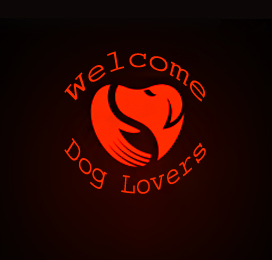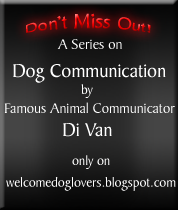Dogs' Crossing
Amongst the entire variety of dog species, hybrids and half-breeds (“metis”) comprise a separate group. The whole process of dogs’ breeding is a set of science and art, which has interested thousands of animal-lovers all over the world. Most of them raise two main types of dogs: hybrids (the result of two different breeds’ crossing) or metises (do not have any signs of specific breeds or even pure-bred
ancestors). There is also the third group of wolfdogs, which, as one could guess, look like wild wolves after crossing. Most of these dogs are the result of German shepherds’ or Siberian Huskies’ pairing.
Most of the zoologists and dog handlers agree that new breeds possess pretty distinctive behavioral and psychological features, oriented on accomplishment of specific assignments. However, mutations are not excluded, and constant breeding of several generations is not recommended. In this context, it is appropriate to consider the main methods of dogs’ crossing.
Inbreeding is a crossing of close relatives (mother, father, daughter, brother, sister, etc.) In fact, this method requires detailed analysis of physical and mental shape of dogs, and even their ancestors. Amateur breeders are recommended to learn dogs’ history up to fourth generation at least. In particular, inbreeding result might reveal the defects of dogs’ nature of the oldest generations.
Linebreeding is much alike inbreeding, but the “actors” are dogs, which have a common relative in third or fourth generation.
Outcrossing (outbreeding) is a pairing of unrelated breeds. Animal-breeders use it to invest any specific characteristic of the other line, or to correct the deficiency, penetrated into the line in terms of physical or mental characteristics.
The specific trend of dog breeding emerged at the beginning of the 20th century, which focused on design of dog breeds. Regardless this method has nothing in common with design of general meaning, but getting a dog with peculiar characteristics. It has started when breeders crossed thoroughbred poodle with other dog species. Their main goal was to create hypoallergenic breed, which would gather the best features of other ones. There are several general issues, associated with designer dogs.
First of all, the name of their breeds is a set of a few words of the parents’ breeds. For example, Pomapoo is a mix of Pomeranian and Poodle, Yorkipoo - Yorkie and Poodle, Foxy Russell - Jack Russell Terrier and Toy Fox Terrier, German Australian Shepherd – German and Australian Shepherd, Golden Shepherd - Golden Retriever and German Shepherd, etc. The tradition of such names roots back to
1960s, when Dorgi dog was crossed (a mix of Dachshund and Corgi).
Secondly, designer dogs are usually bred as decorative companion dogs. In addition, the main purpose of their breeding is a decrease of genetic mutations and health problems, much observed among purebred species.
Thirdly, registry of a new dog breed is quite a long process. If a breeder got a new designer dog it won’t be registered despite the whole blood of the parents. However, if several generations was created accompanied by necessary documentation, the dogs’ club might be organized, which is a necessary condition for new breed registry.

























0 comments:
Post a Comment